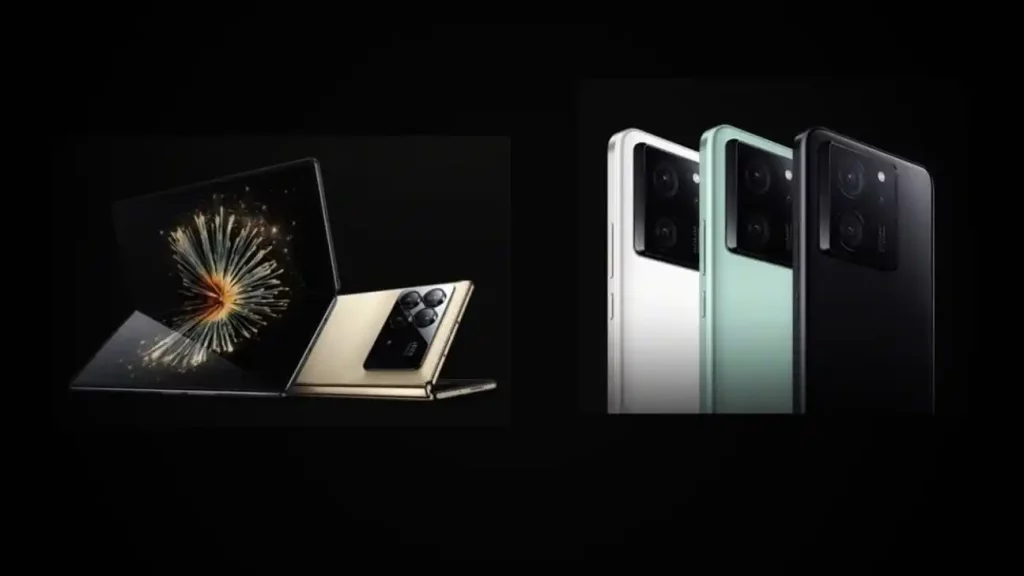Just like last year, however, the company refrains from disclosing the precise quantity of units sold. Nonetheless, a 2.25-fold profit margin is quite commendable. Regrettably, Mix Fold 3 will not venture into the global market and will remain exclusive to the Chinese market.

Conversely, we do possess an approximate estimation of the quantity of Redmi K60 Ultra units sold, and it exceeds 220,000 according to Xiaomi, all accomplished in under a mere 5 minutes. These achievements propel Xiaomi to unprecedented heights, serving as a clear indication that it is progressing in the right direction. Who knows, it might signify the forthcoming expansion of its phone offerings beyond China.
Both the Xiaomi Mix Fold 3 and Redmi K60 Ultra manifest as exquisite marvels of mobile technology. They exude sleekness and elegance while being equipped with cutting-edge specifications. Surprisingly, during the announcement, the Redmi K60 Ultra stood out with its modest price of only 3,599 Yuan (approximately $493) for the highest configuration, encompassing 24GB of RAM and 1TB of storage.
Regarding the Xiaomi Mix Fold 3, let’s just say it could emerge as a formidable contender to Samsung’s Galaxy Z Fold 5, if only its availability were more widespread. The Mix Fold boasts the same Snapdragon 8 Gen 2 chipset, comes at a lower cost, features faster charging, and supposedly superior battery life, and introduces the innovative zero-hinge technology — the realm of foldable phones is becoming increasingly exhilarating.



 Viesearch - The Human-curated Search Engine
Blogarama - Blog Directory
Web Directory gma
Directory Master
http://tech.ellysdirectory.com
8e3055d3-6131-49a1-9717-82ccecc4bb7a
Viesearch - The Human-curated Search Engine
Blogarama - Blog Directory
Web Directory gma
Directory Master
http://tech.ellysdirectory.com
8e3055d3-6131-49a1-9717-82ccecc4bb7a